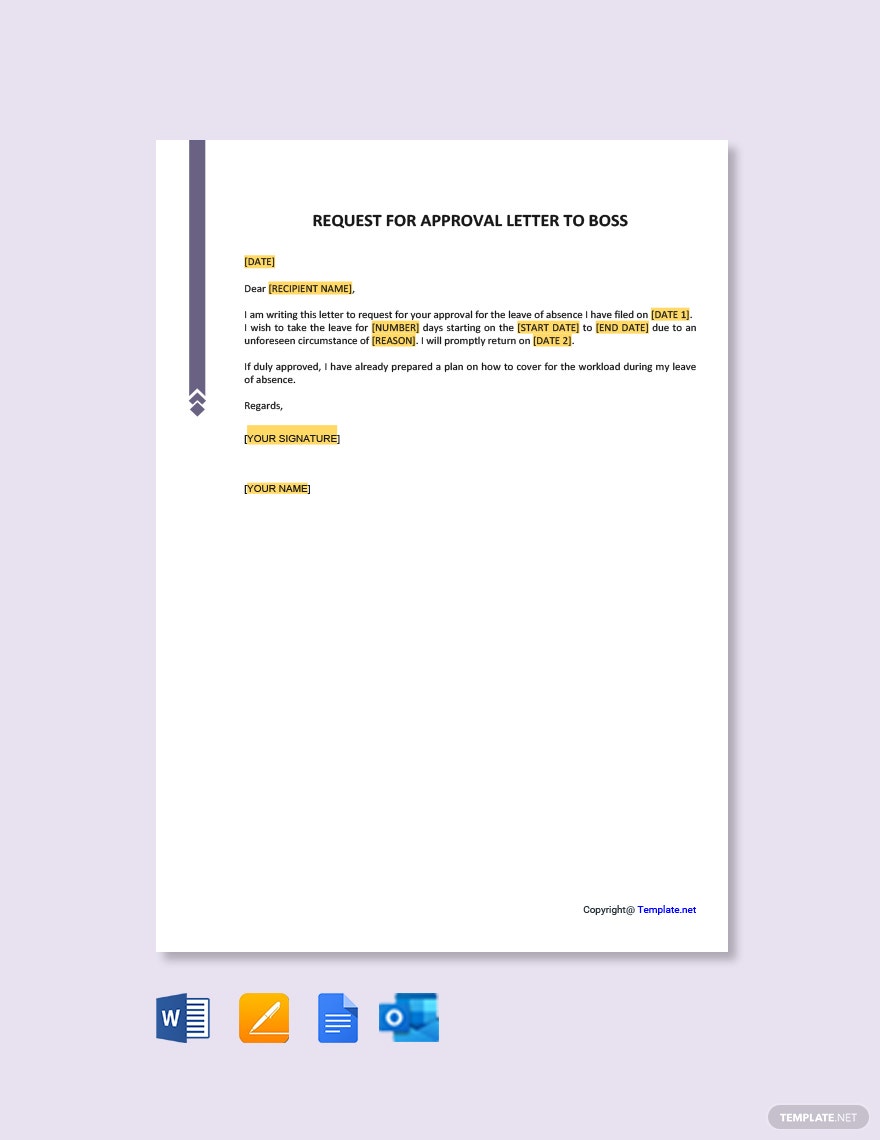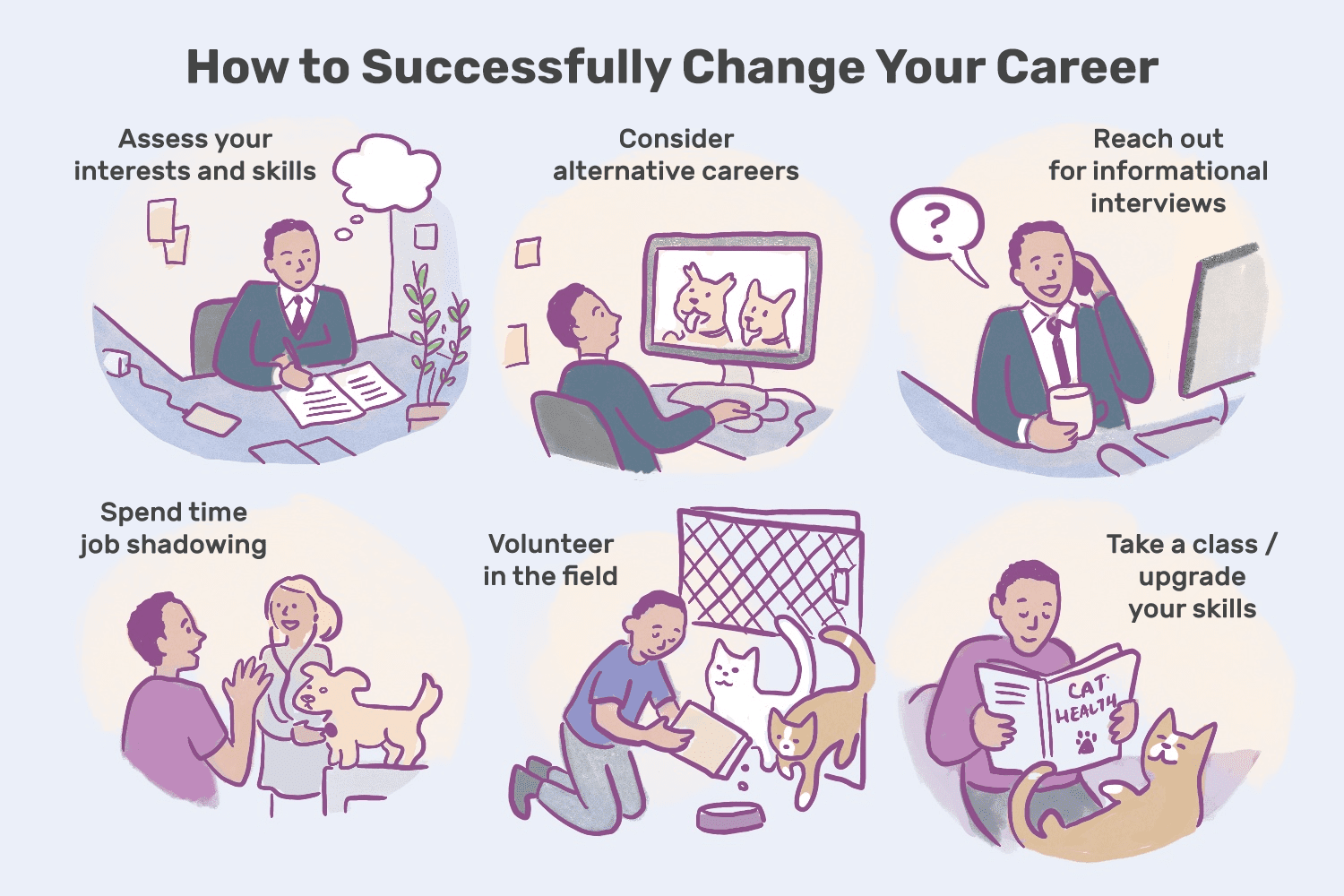
For developing internal talent, careers mapping is a key tool. Employers can see where gaps in their talent exist and plan for them. This process allows employees and employers to determine their next steps. Career mapping assists employers and employees in identifying their next steps, and helps them recognize the areas where they need to improve.
Job descriptions
These job descriptions are an essential part of the career planning process. They provide clear information about the responsibilities of a particular position and set the groundwork for succession planning and recruiting top talent. These job descriptions help to determine the required skills and knowledge for a particular position. They can also be used to establish pay equity. A job description is a great way to save time and help you fill a position.
A job description should be written using descriptive action verbs that are in the present perfect tense. It should also include a section for "other duties as assigned." This allows you to be more flexible and gives you a clearer idea of what the job is all about. Additionally, this eliminates the need to use vague terms like "managing partner" or project manager. The job description should also contain the essential tasks. It should contain a job title along with the employee's name as well.

Salary ranges
You can attract and retain the most qualified candidates by setting a salary range. These are essential to include in job postings and during interviews. These can also be helpful if you plan to negotiate salaries. When setting a salary range, keep the following considerations in mind:
The company and job description will determine the salary range for a specific role. For example, applicants may be discouraged if the job description lists a salary range for a specific position. Employers who are trying to figure the best salary for a position will be able to save time by having a range of salaries.
Skills required
A career skills map helps you identify your strengths and weaknesses, and to create a map of all your abilities. You can map your skills to identify where you are strong and where you need training. This can be used to map your career for individuals, departments, and teams. It's a great way of seeing how you are progressing as a person or team.
Employers can use career mapping to increase their productivity. Research shows that teams consisting of people with complementary skills are more productive and satisfied. Mapping your skills is a great way to improve the planning of your training and hiring. These companies can also use this information in order to identify any skills gaps that might exist in a job.

Market demand
Employers seeking to hire employees may find career mapping useful. Career maps are available in a variety of formats, including downloadable and interactive options. Many career maps can be customized to include information about the anchor occupations within each sector. The maps can be used by businesses to understand the skills, knowledge and capabilities of their workforce.
Employers can use career mapping to help them make the best hiring decisions. This includes recruiting for a marketing function for recent graduates or landing a job in a different department two-years from now. Knowing someone's trajectory over time can be valuable information, especially when a job search is critical.